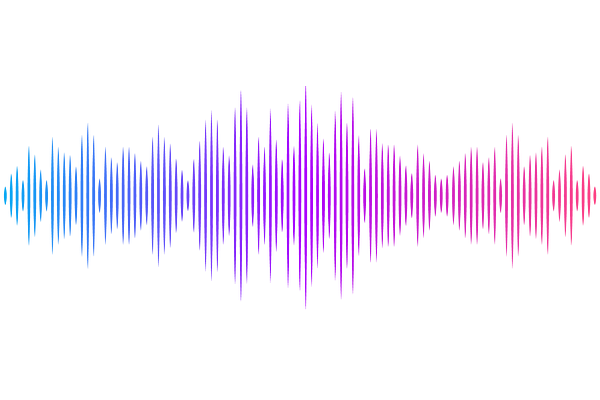Antiviral effect of betacyanins from red pitahaya (Hylocereus polyrhizus) against influenza A virus

Antiviral effect of betacyanins from red pitahaya (Hylocereus polyrhizus) against influenza A virus
Lim, C. M.; Lal, S. K.; Mat Isa, N.; Omar, A. R.; Choo, W. S.
AbstractSeasonal influenza affects millions of lives worldwide, with influenza A virus (IAV) responsible for pandemics and annual epidemics, causing the most severe illnesses resulting in patient hospitalizations or death. With IAV threatening the next global influenza pandemic, it is a race against time to search for antiviral drugs. Betacyanins are unique nitrogen-containing and water-soluble reddish-violet pigments that have been reported to possess antiviral properties against dengue virus. The objective of this study was to examine the antiviral effect of betacyanins from red pitahaya (Hylocereus polyrhizus) on IAV-infected lung epithelial A549 cells. HPLC and LC-MS analysis of extracted betacyanin showed four betacyanins in the betacyanin fraction, namely phyllocactin, hylocerenin, betanin, and isobetanin. Cytotoxicity assay showed that betacyanin fractions were not cytotoxic to A549 cells at concentrations below 100 ug/mL. Betacyanin fraction concentrations of 12.5, 25.0, and 50.0 ug/mL prevented the formation of viral cytopathic effect and reduced virus titer in IAV-infected cells up to 72 h. A downregulation of protein and mRNA nucleoprotein expression levels was observed after treatment with 25.0 and 50.0 ug/mL of betacyanin fraction after 24 h, thereby providing evidence for the anti-viral activity of betacyanin from red pitahaya against IAV in vitro.